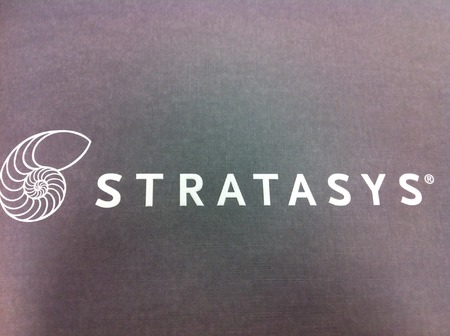By now you’ve no doubt heard that Stratasys has launched a major lawsuit against Afinia for alleged violations of several Stratasys patents. We examined these patents previously, but we believe there are implications that travel far beyond simply Afinia, as the patents describe methods commonly used in many personal 3D printers.
The concept of partial interior fill is used by almost all 3D printers, and is a key feature to be selected when starting any print job. Does this mean no other company can offer “fill options” in their devices? Perhaps. If Stratasys is successful in defending their patent, other companies might be forced to remove this feature. Will we have to buy more plastic to print solid models only from now on?
The second patent involves use of a heated bed to prevent warping, or at least that’s Stratasys’ take on it within the Afinia claim. If you read the patent, it is a lengthy description of how plastic may be heated and cooled to effect printing. This implies not only heated beds, but could perhaps be interpreted to include heated chambers, cooling fans or any other temperature-related apparatus. These approaches are commonly used by many personal 3D printers. Again, if Stratasys is successful in defending this patent, it could force many emerging 3D printer manufacturers to remove such features.
While one can debate the other two alleged patent violations, we’re most concerned with these two, since they apply to almost every plastic extrusion printer in existence.
But we think there’s more to the story. Stratasys apparently selected Afinia as the first target perhaps because their successful product was beginning to get traction. Afinia was set to appear in multiple mainstream retailers – thus competing directly with Stratasys’ new MakerBot division.
While the many smaller manufacturers may escape legal action due to their size, we’re wondering about 3D Systems’ Cubify products, which may indeed violate these patents in the same way. And they have a lot more money at stake than Afinia.
We’re not sure how this will play out, but with any luck the incredibly rapid progress of 3D printing over the past several years will continue.


